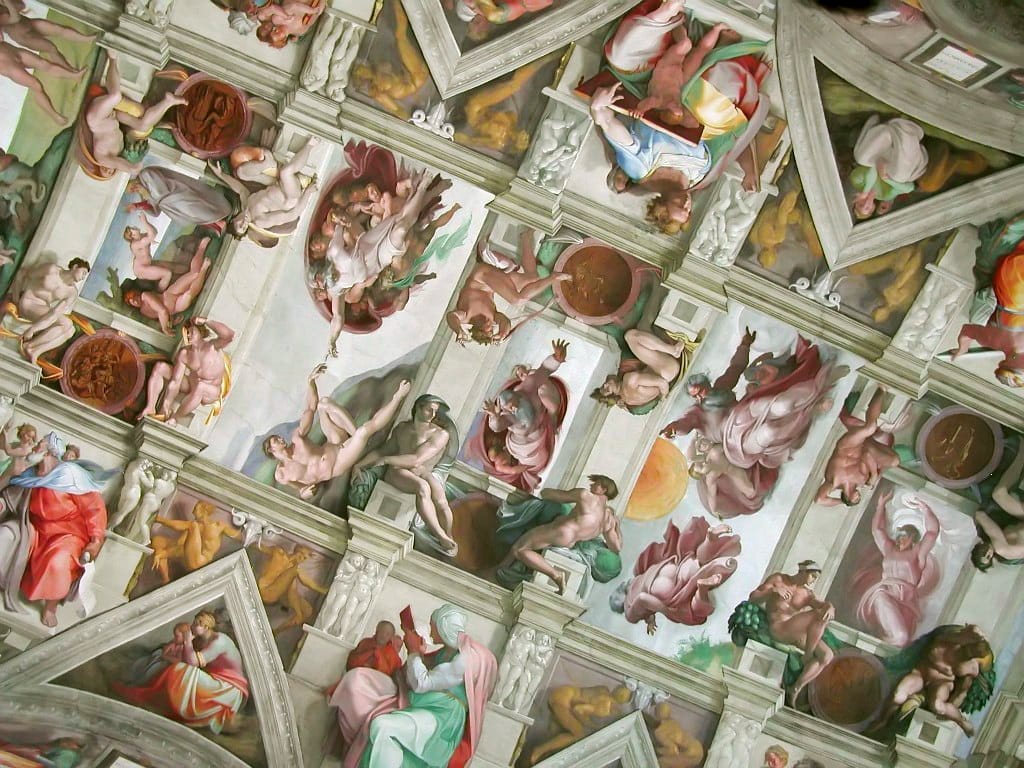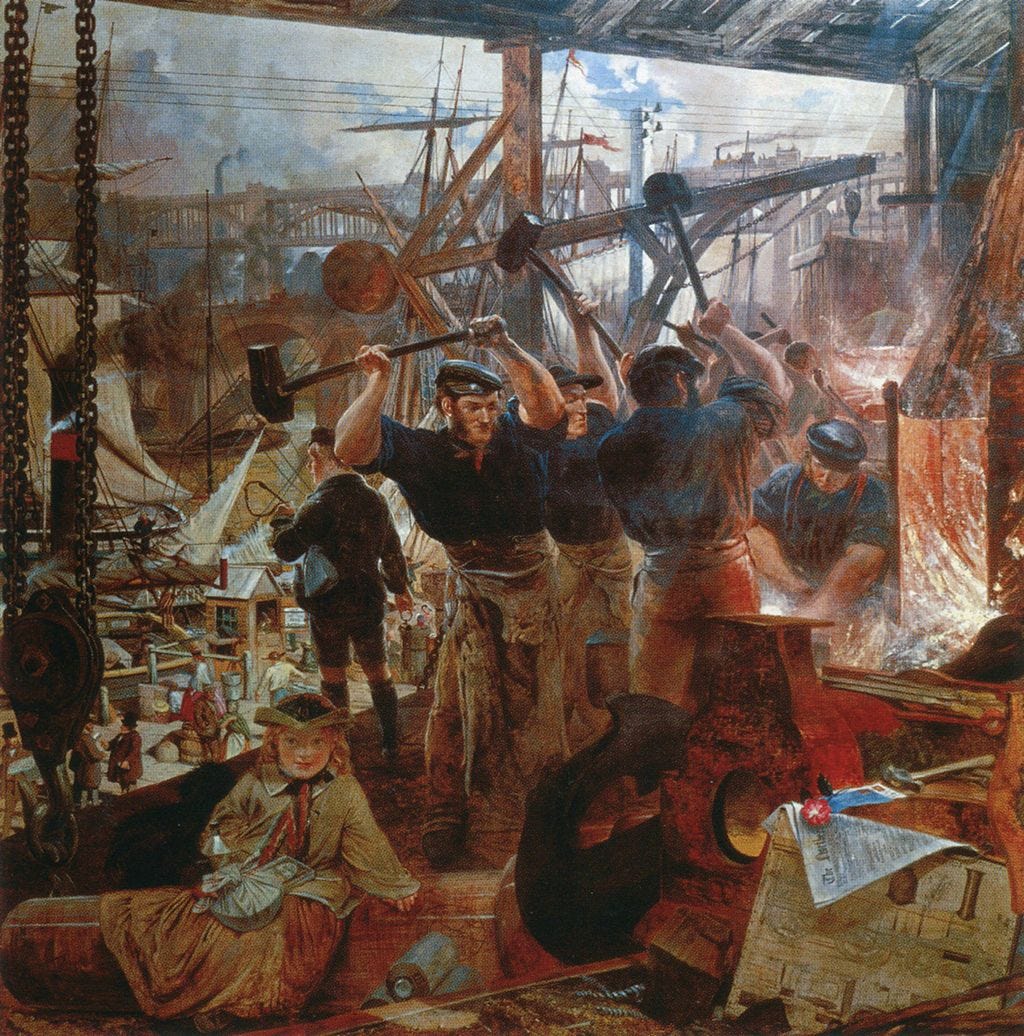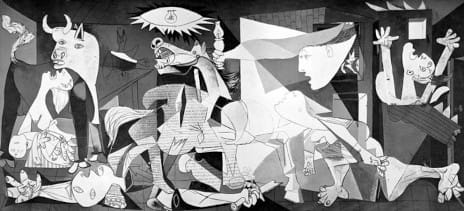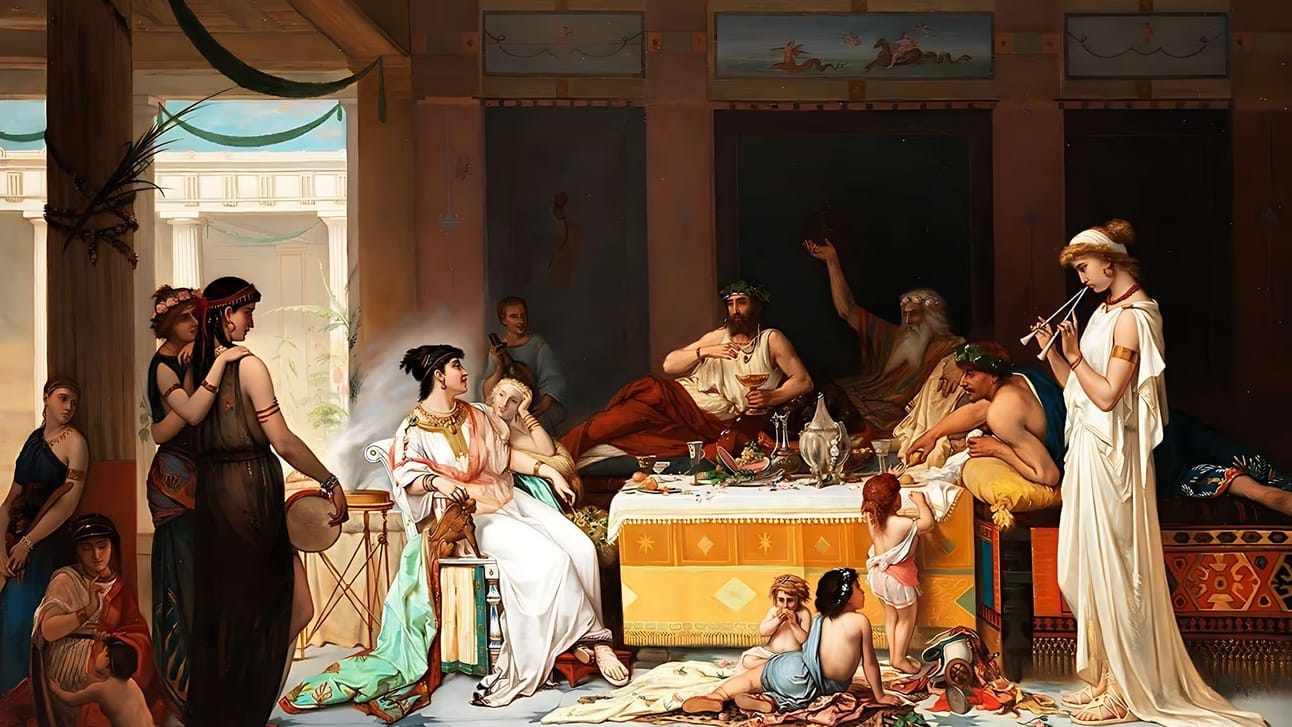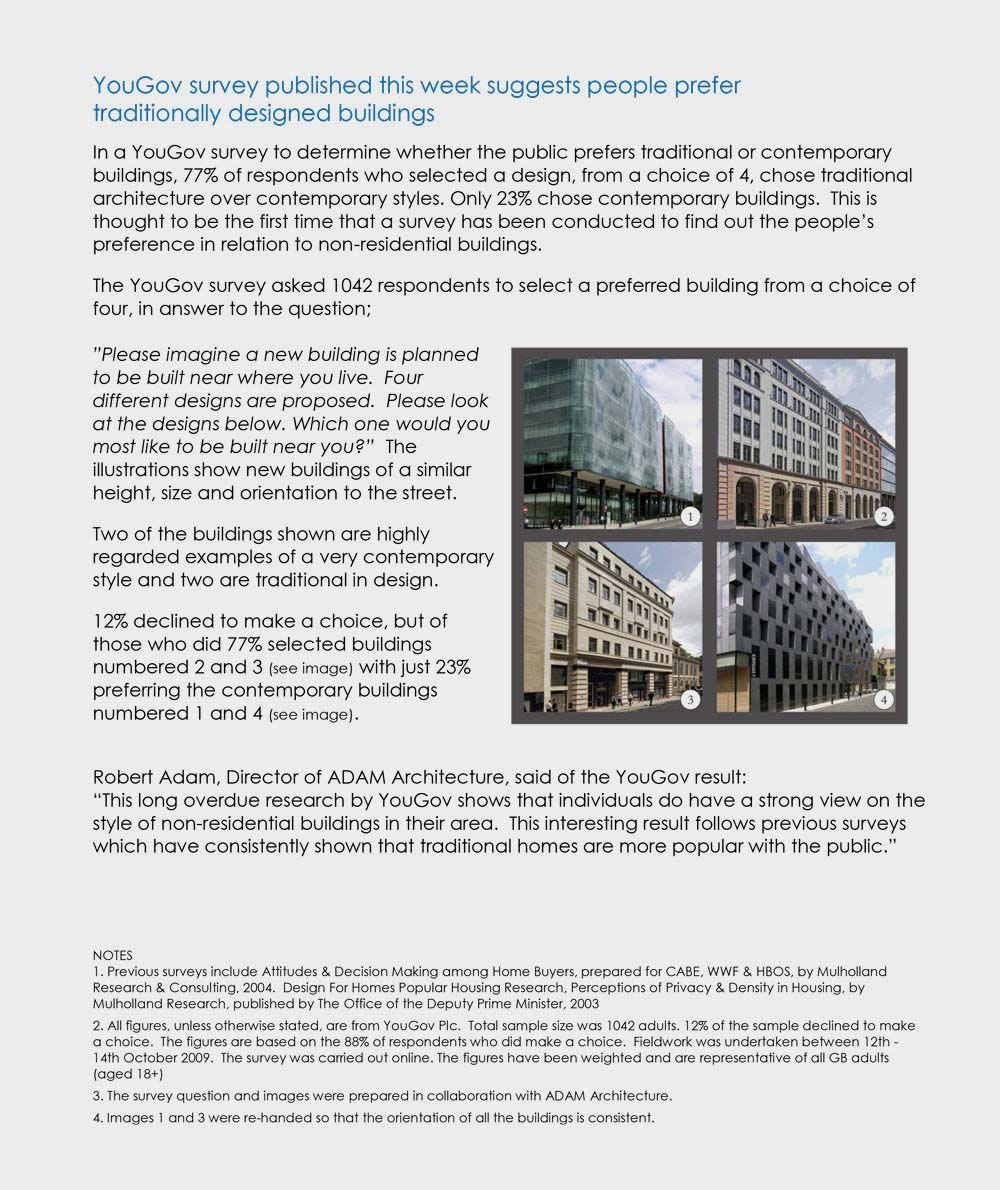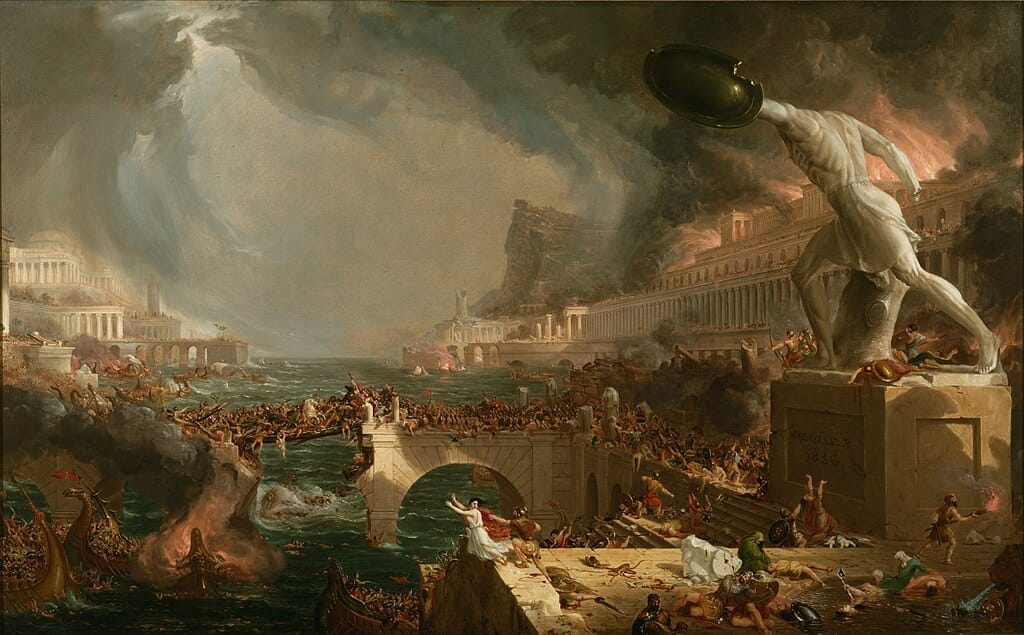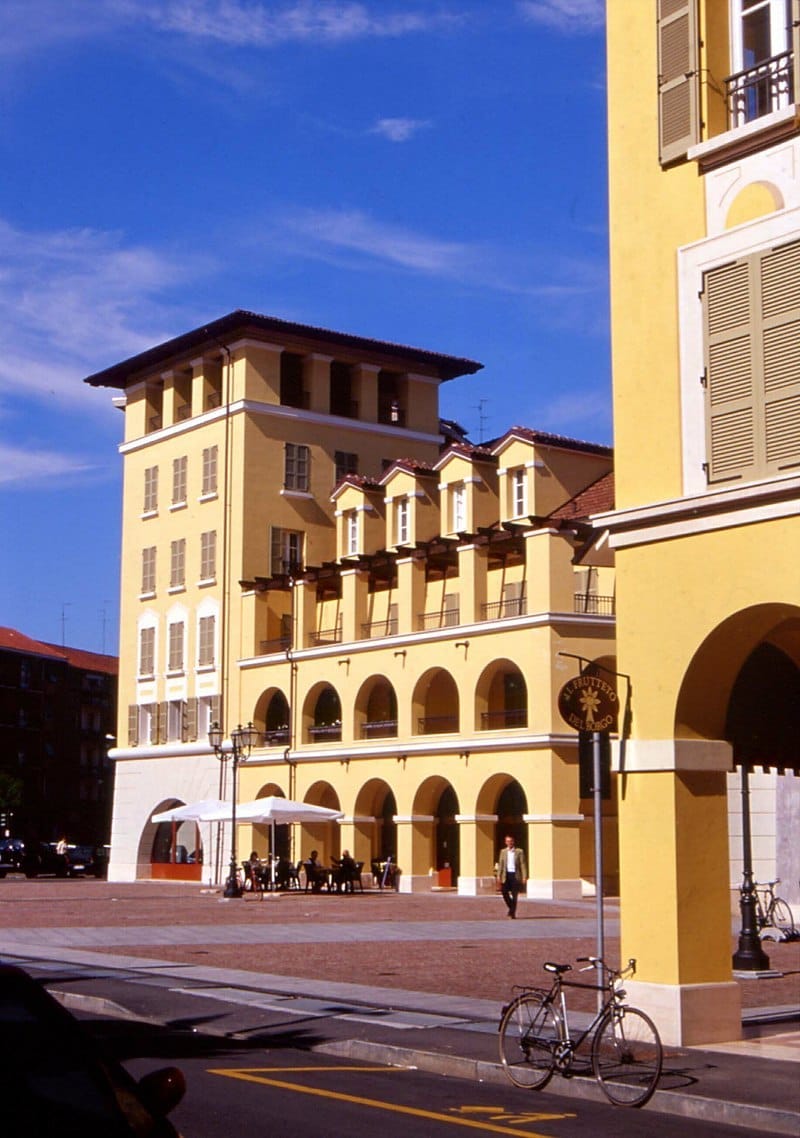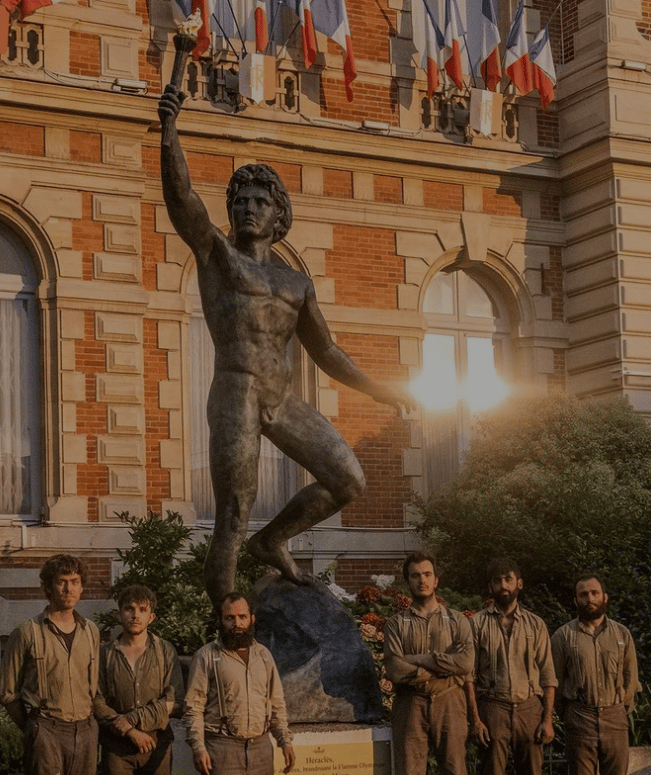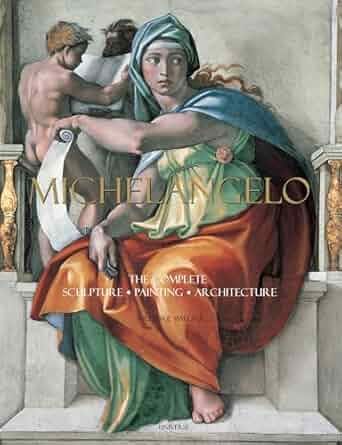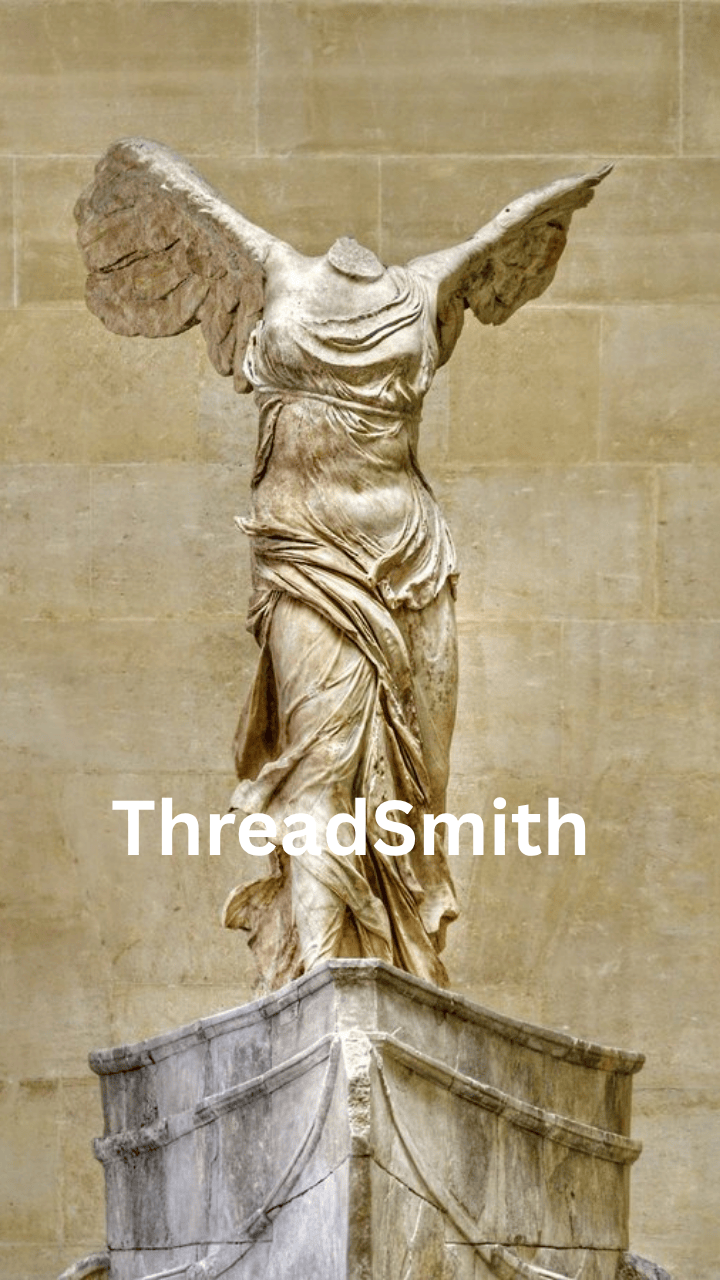From Cathedrals to Glass Boxes
We Built Cathedrals. Now We Build Glass Boxes. What Happened?
Table of Contents
Europe hides breathtaking towns that feel like stepping into a dream—peaceful, authentic, and untouched.
Let’s explore 15 emerging destinations that will steal your heart. 🧵
Welcome to the Thursday edition of Culture Explorer. Today, we’re tackling the decline of Western culture—why it happened and whether revival is possible. In the premium section, we’ll dive into The Course of Empire by Thomas Cole, a masterpiece that foretells civilization’s rise and fall.
Once, the West built monuments that touched the sky. The Gothic cathedrals of Europe, the grand public spaces of Rome, and the frescoed halls of the Renaissance were a declaration of belief in something greater than the present moment.

Today, we construct soulless glass towers, brutalist government buildings, and sterile public spaces. The shift isn’t just aesthetic—it reveals a deeper transformation in culture, politics, and ambition.
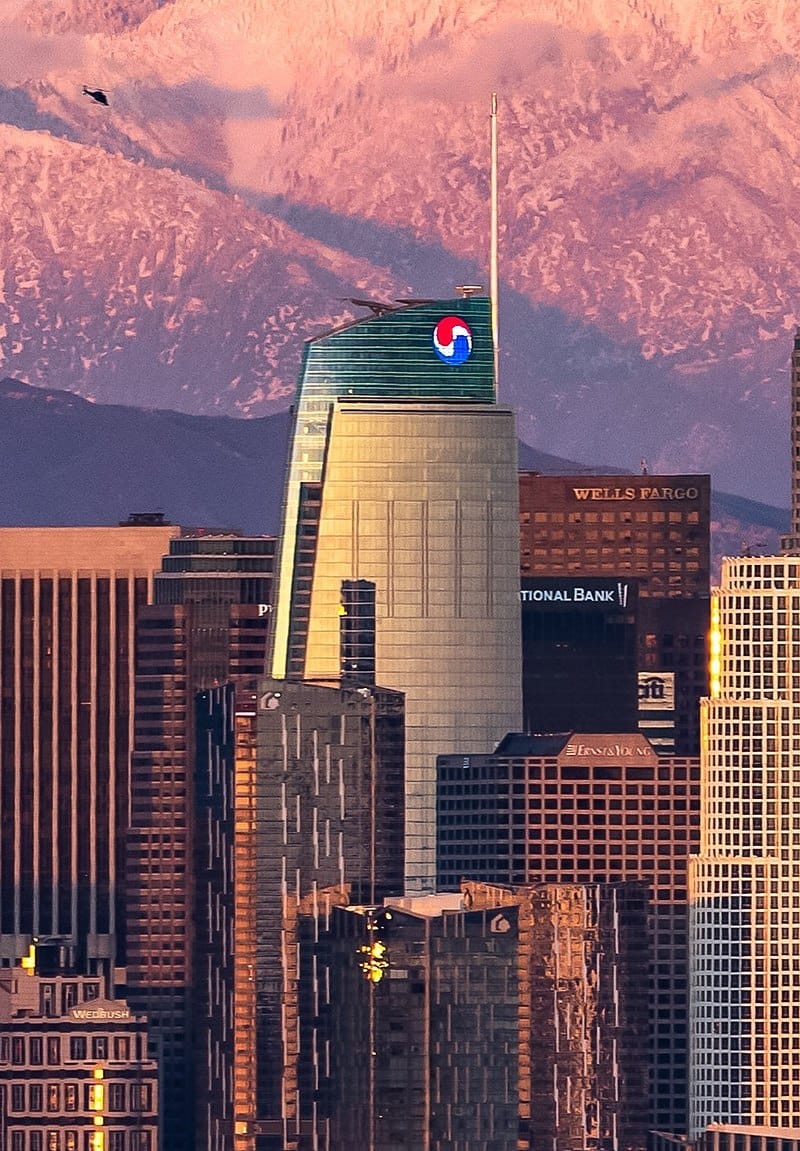
The medieval world saw architecture as a bridge between heaven and earth. Take Chartres Cathedral. Its soaring rib vaults and stained glass turned light into divine presence. The builders, largely anonymous, weren’t working for personal fame. They worked for something beyond themselves. This attitude extended beyond architecture. Painters like Giotto and sculptors like Claus Sluter infused their work with spiritual depth, creating art that didn’t just depict reality but elevated it.
Then came the Renaissance, where humanism and faith intertwined. Michelangelo’s David became a symbol of defiance and divine inspiration. The Sistine Chapel ceiling turned biblical history into a visual epic, reinforcing the idea that art should aspire to greatness. Even civic buildings, like the Palazzo Vecchio in Florence, balanced beauty with function, reflecting a culture that valued both the individual and the divine.
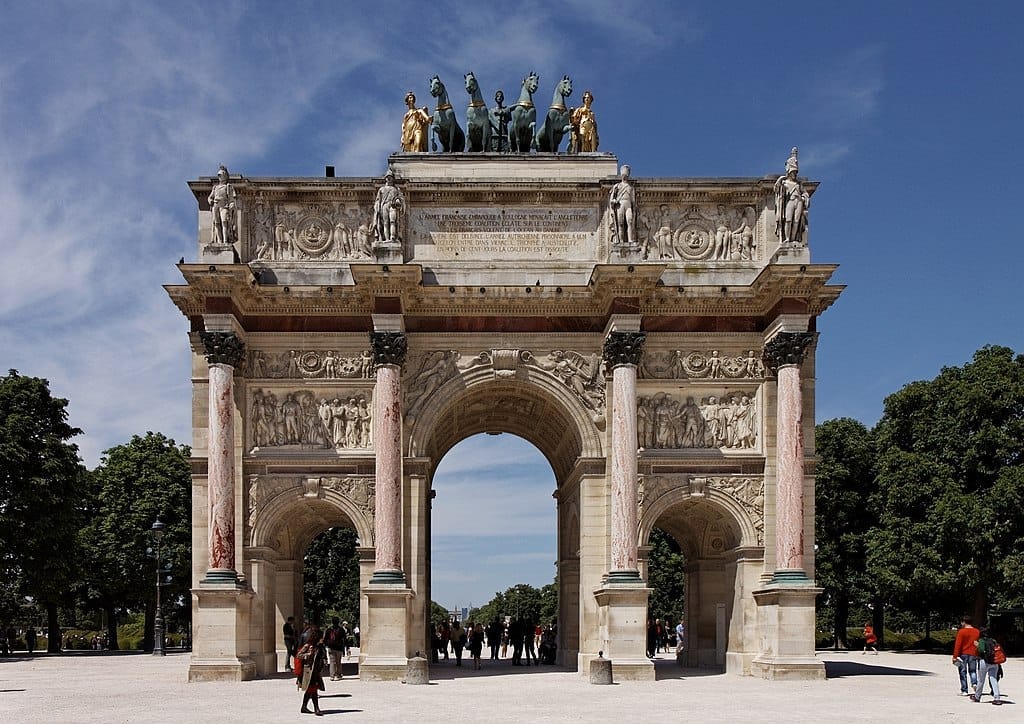
By the 18th and 19th centuries, the shift began. The Enlightenment emphasized reason over faith. Neoclassicism replaced Gothic dynamism with rigid symmetry, drawing from Rome’s imperial grandeur. While this era still produced masterpieces—the U.S. Capitol, the Arc de Triomphe, the paintings of Jacques-Louis David—the focus was changing. Art became more political, more ideological, often serving state power rather than spiritual aspiration.
The Industrial Revolution accelerated the decline of beauty in public life. Cities grew rapidly, and efficiency took priority over meaning. The Victorian era still valued decoration—think of the elaborate ironwork of Paris’s Metro stations or the Gothic Revival structures like London’s Houses of Parliament—but mass production started eroding craftsmanship. The turn of the 20th century saw the first real signs of sterility in architecture.
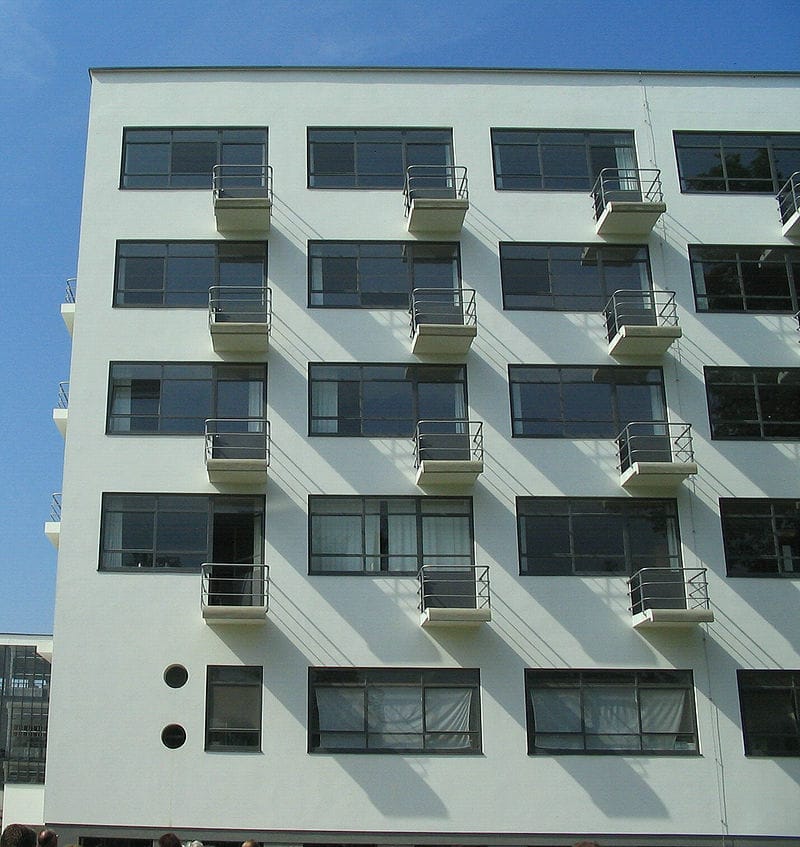
Then modernism arrived. The early 1900s brought the Bauhaus movement, which dismissed ornamentation as wasteful. Le Corbusier, one of modernism’s most influential architects, famously declared that “a house is a machine for living in.” The idea that buildings should be “functional” over “beautiful” took hold. Government buildings, corporate offices, and even churches were stripped of decoration.
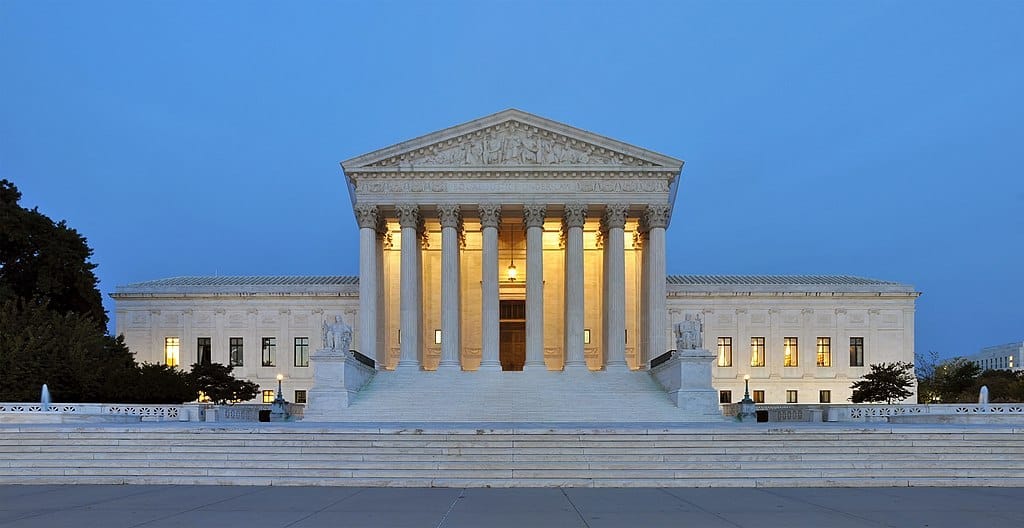
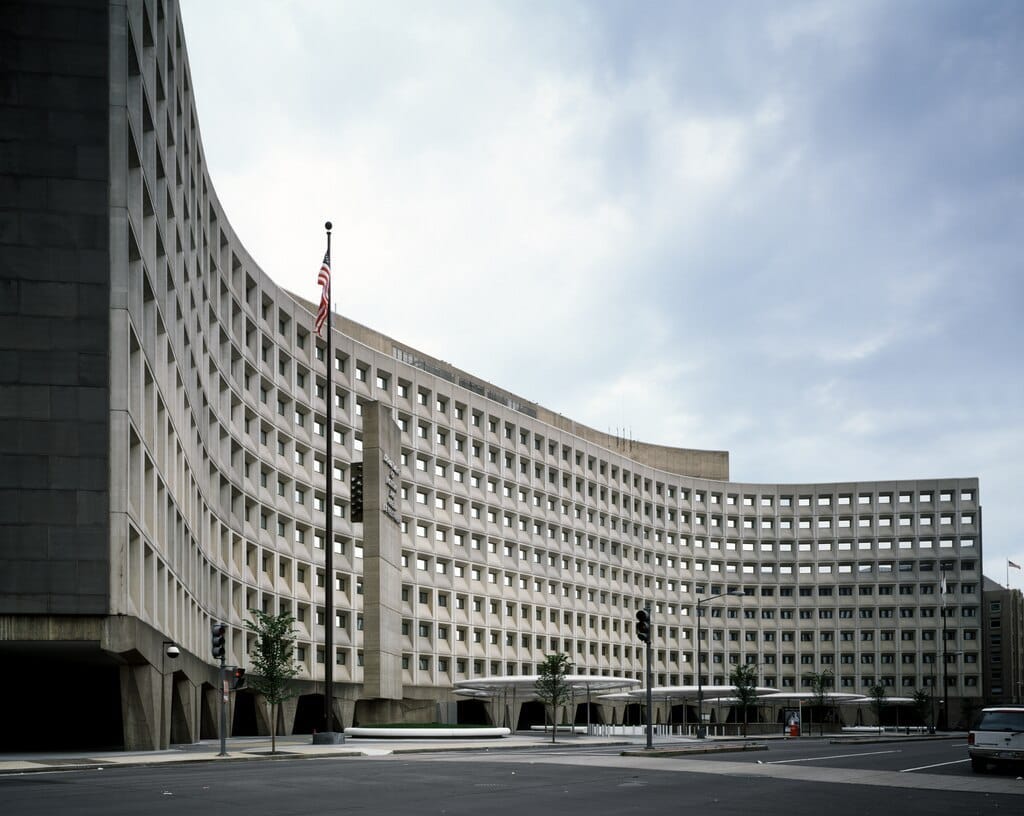
Compare the U.S. Supreme Court building, completed in 1935, with any government building constructed in the last 50 years. The former has Corinthian columns, classical proportions, and a sense of permanence. The latter are often concrete slabs or glass boxes, indistinguishable from office buildings. The shift reflects a change in political philosophy—government no longer presents itself as a guardian of tradition but as a managerial force.
Art followed a similar trajectory. The Renaissance masters aimed for realism and meaning; modern art fragmented into abstraction and nihilism. Pablo Picasso’s Guernica is powerful but chaotic, reflecting the horrors of war. Jackson Pollock’s splatter paintings abandoned form altogether. Andy Warhol turned consumerism itself into art, elevating soup cans and celebrity photos to cultural icons. The message was clear: meaning was subjective, beauty was outdated, and art had no higher calling.
This decline isn’t just an aesthetic problem. Culture and politics are deeply intertwined. When a civilization stops aiming for transcendence, it turns inward, focusing on material concerns. Ancient Rome followed a similar pattern. The Republic built grand civic structures—forums, temples, aqueducts—symbols of a shared ideal. But by the empire’s decline, architecture became formulaic, art became self-indulgent, and society became obsessed with spectacle rather than greatness. Sound familiar?
Today we prioritize efficiency and control over beauty and meaning. Skyscrapers maximize rentable office space. Public art is often abstract and inaccessible rather than inspiring. Even entertainment follows this logic—films are algorithmically designed to maximize profit, music is streamlined into repetitive digital beats, and literature is increasingly dominated by market trends rather than original thought. The goal isn’t excellence; it’s consumption.
This isn’t just mistaking for nostalgia. There are real consequences to cultural sterility. People surrounded by ugliness—whether in architecture, art, or media—lose connection to history, identity, and aspiration. Studies show that people find classical architecture more comforting than modernist structures. Cities with historic centers attract more tourism than those dominated by brutalist buildings. Beauty isn’t just subjective; it has measurable effects on human well-being.
So where does this lead? History suggests two paths. One is continued decline—further sterilization of public life, more soulless architecture, and a deeper embrace of consumerist emptiness. The other is renewal. The Renaissance didn’t appear out of nowhere; it followed the devastation of the Black Death. Gothic cathedrals were built after centuries of war and instability. Societies rediscover meaning when they reach breaking points.
There are signs of resistance. Traditionalist architects like Léon Krier reject modernist dogma, advocating for classical urbanism. The New Cathedral movement seeks to revive sacred architecture. Artists like Odd Nerdrum and painters in the Atelier movement reject abstraction, returning to Old Master techniques. Even in politics, there’s a growing dissatisfaction with sterile technocracy, with people seeking something deeper than material comfort.
A civilization that stops believing in greatness cannot endure. But cultures can be revived. The question isn’t whether we have lost our ambition for beauty—we have. The question is whether there are still those amongst us willing to build again.
Who will create the next Sistine Chapel, the next Florence, the next Chartres? The answer to that question will determine the West’s future.
“The best and most beautiful things in the world cannot be seen or even touched—they must be felt with the heart.”
Hellen Keller


